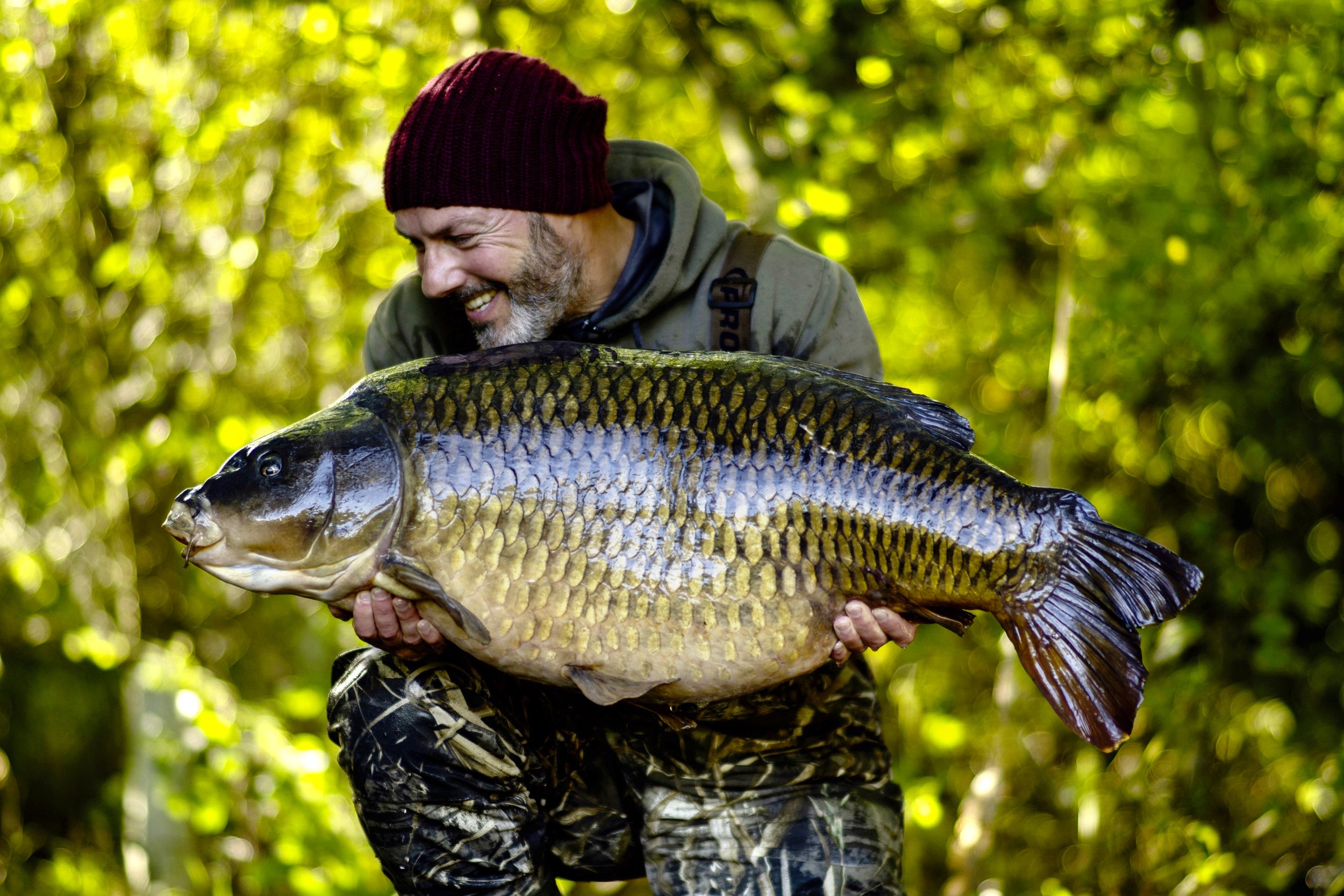
Introduction
Carp fishing has captivated anglers around the world, offering a unique blend of challenge and reward. Whether you’re a novice angler or a seasoned pro, understanding the nuances of carp fishing can greatly enhance your success on the water. In this article, we’ll delve into a comprehensive guide of carp fishing tips and tricks, ensuring that you’re well-equipped to master the art of landing the majestic carp. Along the way, we’ll also touch upon essential gear like the “best carp rod pods” and the “best carp weigh sling,” enhancing your overall fishing experience.
Location, Location, Location
Finding the right fishing spot is fundamental to successful carp fishing. Carp are known to inhabit various areas of water bodies, including shallow areas, reed beds, and underwater features like gravel bars. Observing the water’s surface for signs of carp activity, such as bubbling or jumping, can guide you to potential hotspots. Utilize polarized sunglasses to peer beneath the water’s surface, giving you a clearer view of carp movement and feeding patterns.
Bait Selection and Presentation
Carp are notoriously selective when it comes to their diet. Experiment with a variety of baits, including boilies, pellets, and sweetcorn, to determine what appeals to the carp in your chosen fishing location. Consider using a baiting strategy that matches the natural food sources available in the water body. When presenting your bait, opt for hair rigs or balanced presentations that mimic the way carp feed, increasing your chances of a successful hookup.
Use Stealth to Your Advantage
Carp possess acute senses, making stealth a crucial component of your fishing approach. Keep noise to a minimum, avoid sudden movements, and use camouflage clothing to blend into your surroundings. When casting your line, ensure that the bait lands softly and naturally, reducing the chances of spooking nearby carp.
Patience and Observation
Patience is a virtue in carp fishing. Once you’ve cast your line and presented your bait, be prepared to wait for the carp to become interested. Spend time observing the water’s surface for any signs of carp movement or feeding activity. Carp often exhibit subtle indications of their presence, such as ripples or swirls, which can guide you to where they’re likely to be.
Adapting to Weather and Seasonal Changes
Carp behavior can vary significantly depending on the weather and the season. In colder months, carp are likely to be less active and prefer deeper, warmer waters. During warmer months, they may be more active and move to shallower areas. Pay attention to the weather forecast and adjust your fishing strategy accordingly. Additionally, carp tend to feed more actively during dawn and dusk, so consider planning your fishing sessions around these times.
Hooking and Playing Carp
Hooking and playing carp requires finesse and precision. When you feel a bite, resist the urge to strike immediately. Instead, allow the fish to take the bait and begin moving away before setting the hook. A steady, controlled pull on the rod is usually more effective in securing a solid hookset. Once hooked, carp are known for their powerful runs and determined fights. Keep your rod angle low to absorb the fish’s powerful lunges, and be prepared to let the fish run if necessary. Gradually tire out the carp while maintaining steady pressure to avoid breaking the line.
Tackle and Equipment Considerations
Using the right tackle and equipment is essential for successful carp fishing. While items like the “best carp rod pods” provide stable rod support, the choice of rods, reels, lines, and hooks can significantly impact your results. Opt for medium to heavy rods with a sensitive tip that can detect subtle bites. Reels with a smooth drag system are vital for controlling the powerful runs of carp. Choose strong and reliable fishing lines that can withstand the carp’s strength and abrasions from underwater obstacles.
Caring for Caught Carp
Responsible catch and release practices are crucial for the preservation of carp populations. A “best carp weigh sling” comes in handy when weighing the fish before releasing it. Handle the carp with wet hands to minimize stress and damage to their protective slime coating. Use a landing net with soft mesh to prevent injury to the fish during netting. Before releasing the carp, ensure that it’s fully revived by holding it gently in the water until it’s ready to swim away on its own.
Learn and Adapt
Carp fishing is an ongoing learning process. Every fishing session presents an opportunity to gather insights about carp behavior, feeding preferences, and the effectiveness of different tactics. Keep a fishing journal to record your observations, successful strategies, and areas that require improvement. By learning from each experience and adapting your techniques accordingly, you’ll gradually become a more skilled and knowledgeable carp angler.
Respect for the Environment
Carp fishing should always be conducted with a deep respect for the environment. Practice the principles of Leave No Trace by properly disposing of trash, avoiding damage to vegetation, and respecting wildlife habitats. Additionally, consider participating in local conservation efforts and adhering to fishing regulations to ensure the sustainability of carp populations for future generations of anglers to enjoy.
Conclusion
Carp fishing is a blend of strategy, patience, and skill that offers a gratifying experience for anglers of all levels. By implementing the tips and tricks outlined in this article, you’ll enhance your chances of landing the majestic carp that reside beneath the water’s surface. Remember the importance of choosing the right fishing spot, selecting appropriate bait, using stealth tactics, practicing patience, and adapting to weather and seasonal changes.
While your focus is on mastering the art of carp fishing, having the right gear is equally crucial. Items like the “best carp rod pods” and the “best carp weigh sling” can greatly facilitate your fishing endeavors. These essential tools ensure proper rod support and safe handling of the caught fish.
Incorporate these strategies, invest in quality gear, and respect the environment in which you fish. Carp fishing is not just about the catch; it’s about the journey, the learning, and the appreciation of nature’s wonders. As you continue to refine your carp fishing skills, you’ll find yourself forming a deeper connection with the water and the captivating world of carp angling.



